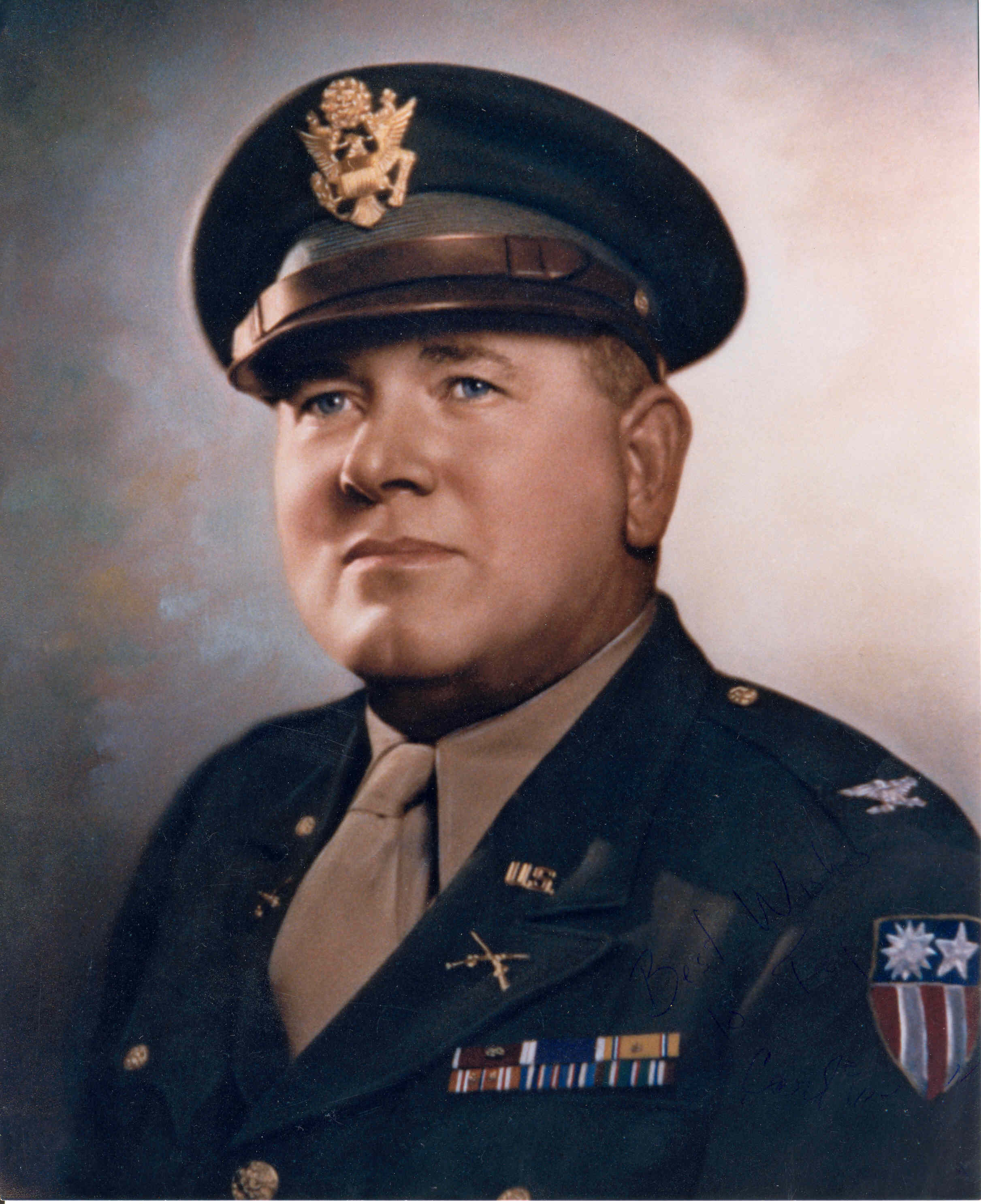Civil War Echoes: Burma Guerrillas
I’ve lately been reading about World War II’s China-Burma-India (CBI) Theater at length. Fought 1942-45 between the Japanese and puppet Indian and Burmese forces against British, Indian, Gurkha, African, American, and Chinese forces, the campaign moved up and down Burma with a bit of back-and-forth into and out of eastern India and areas that are today Bangladesh. 
Last week I rediscovered an echo of the Civil War in Burma, and one that is quite probably the last battlefield use of Springfield muzzle-loading rifles. In this case, they were carried by Burmese Kachin Rangers.
In 1942 the American Office of Strategic Services (OSS), forerunner to the CIA, inserted a team of U.S. officers into northern Burma to organize the native Karen and Kachin peoples into anti-Japanese guerrillas. This team was called OSS Detachment 101 and was initially under the command of Colonel Carl Eifler.
The American recruiting efforts soon paid off, and so many Kachins volunteered that Eifler created the Kachin Rangers, a group that eventually numbered 10,000 men. But as the Kachins trained, they balked at using modern machine guns, instead requesting shotguns. Eifler wired to the War Department in Washington for 500 shotguns, and got back a response asking for a justification. “I prefer muzzle-loaders,” an exasperated Eifler replied with some sarcasm. “The natives can make their own black powder and use the nuts and bolts from wrecked vehicles for ammunition.”
A couple of months later two shipping crates arrived from Washington. Inside were 500 Springfield muzzle-loading rifles, which someone found languishing in a government warehouse left over from the Civil War. These unissued weapons had been carefully stored and were in good working order.
Colonel Eifler issued the Springfields to as many Kachins as would take them. The Kachins carried them into battle with their other weapons, which included everything from crossbows to Lee-Enfield rifles, and became an extremely effective force that ably assisted the Chinese-American units under Lieutenant General Joseph W. Stilwell (and later Lieutenant General Daniel I. Sultan) that recaptured northern Burma in 1944 and 1945. During their operations the Kachins inflicted over 15,000 Japanese casualties and only lost 184 of their own number. Some of these enemy losses were at the hands of muzzle-loaders intended for a completely different war many years in the past.
All in Burma who heard the crack of the Springfields as they fired were witnessing a literal echo of the Civil War.
Above: A squad of Kachin Rangers in 1944.
Below: Colonel Carl Eifler, Commanding Officer of OSS Detachment 101 from 1942 to 1943.

One thing about the government. They keep everything. Most American Legion posts are still using the M-1 for honor guards. They should up grade to M-14s. Guessing there are warehouses full of them.
Thanks for your post. Knew of a local gentleman who served in Burma with Merrill’s Marauders. Tough duty.
I am reminded what a decided advantage warriors have defending their own territories. I have never heard of such a lopsided body count. Makes me think how remarkable were exploits of tthe Union Western Army.
And it didn’t take long to find a photo……https://www.flickr.com/photos/pirateheart/4572513569
My daddy was one of the American OSS Detachment 101, leading a group of Kachin in Burma. He recounted trying to teach them to fire Civil War weapons. Funny to see an article backing up his claims!